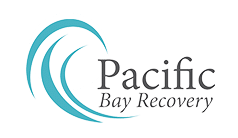There are several treatment options to choose from based on your specific abuse disorder and needs. The typical length of rehab programs are: 30, 60 and 90 days. There are extended programs as well, such as sober living facilities or halfway houses. The most important thing to consider while choosing a program is that what option has the highest likelihood of success. in that patient’s case. Most commonly availed option is that of months.
Research shows that the best outcomes occur with longer durations of treatment, but they can be costly. They may also seem intimidating at first, but do have the best chance of being successful. It should be reminded to the patient that the more patient they are with themselves and accepting of the treatment process, the more effective it is going to be.
The 30-Day Program
The patient or his/her caregivers don’t know how long the duration needs to be, so starting with this program will provide the insight into whether it is enough or a longer duration program is needed. This program offers enough time to get through any physical withdrawal symptoms and allows time to begin establishing relapse prevention techniques. A 30-day program is easier to commit to and feels less daunting. It is also the most affordable option, so many insurance companies are more likely to cover this type of program.
The 60-Day Program
A 60-day program provides the added time that may be needed in more involved cases. In this program, there is enough time to detox from the substance and undergo therapy sessions to work through any familial, behavioral or situational circumstances at play. It also provides the opportunity to actively practice positive and healthy habits to help maintain sobriety. Insurance may not cover the full 60-day programs, however, many rehab facilities offer payment plans that make it easier to afford it.
The 90-Day Program
It is a significant time commitment to go for this program and it may seem intimidating. However, it is also most likely to be effective as it allows for the full gamut of intake and evaluation, detox, therapy, self-help groups and set up an aftercare plan. This program provides the best shot at becoming adjusted to life without drugs or alcohol. It allows for strengthening one’s skills in resisting any temptations and urges and identifying any potential triggers. This program is highly recommended for those with severe or long-term addictions.
Simply put, the longer a person remains in treatment, the better the outcome. However, it is important to consider factors such as cost, fatigue and reintegrating back to daily life. The first 1-2 weeks are mostly just about getting acclimated and going through the withdrawal process. The real work begins after that – when the patient is feeling better enough to address deeper emotional issues and work on fixing them. One should plan on an extra week to ten days of detox before starting in-patient treatment if it’s under consideration.
It is critical to realize that taking the time one needs to get a solid foundation for your recovery is critical. Leaving treatment prematurely involves the risk of relapsing, and failed therapies make it less likely for future rehab treatment to work. So give the time that is needed to properly heal and succeed in the recovery process.

